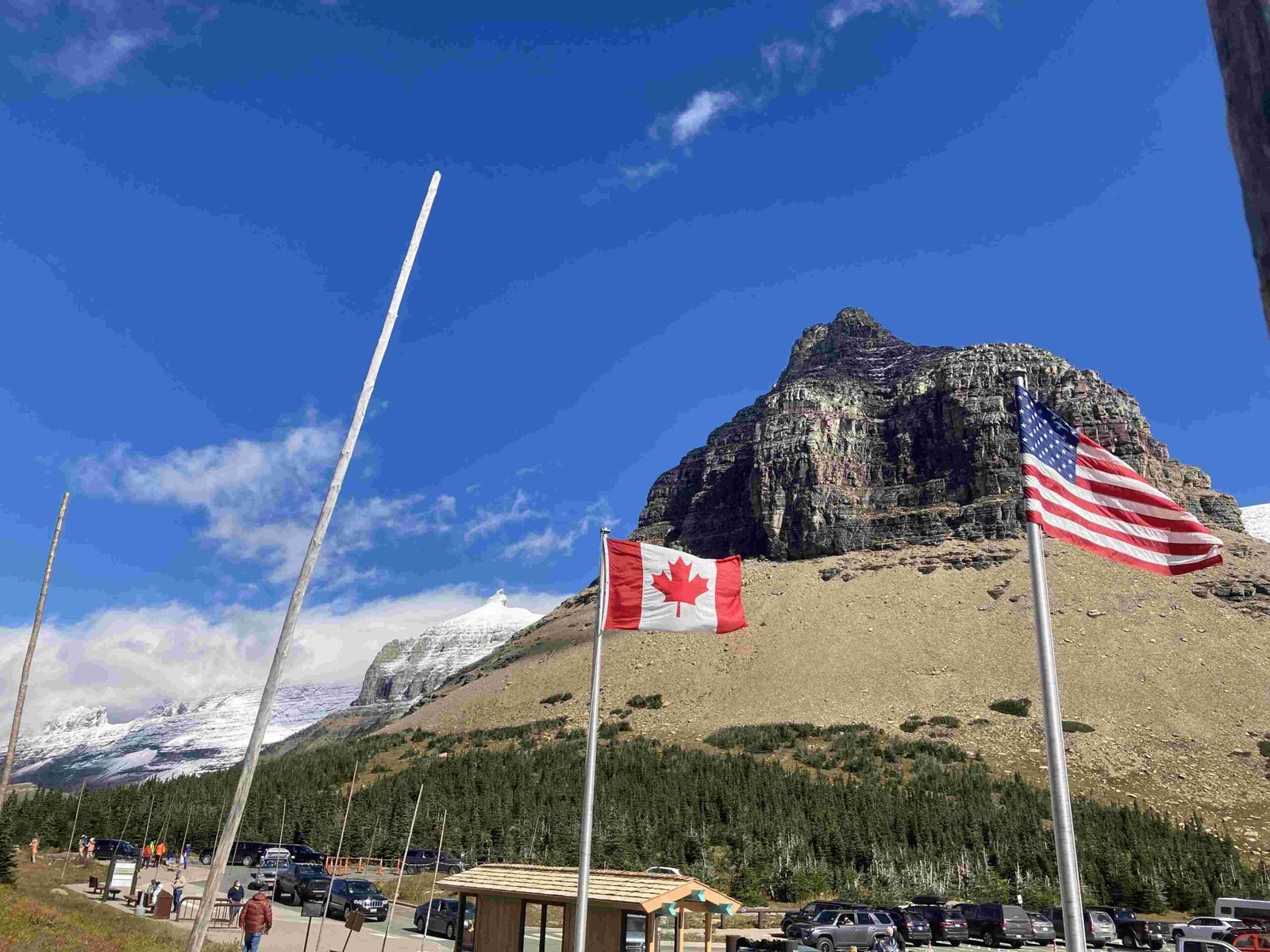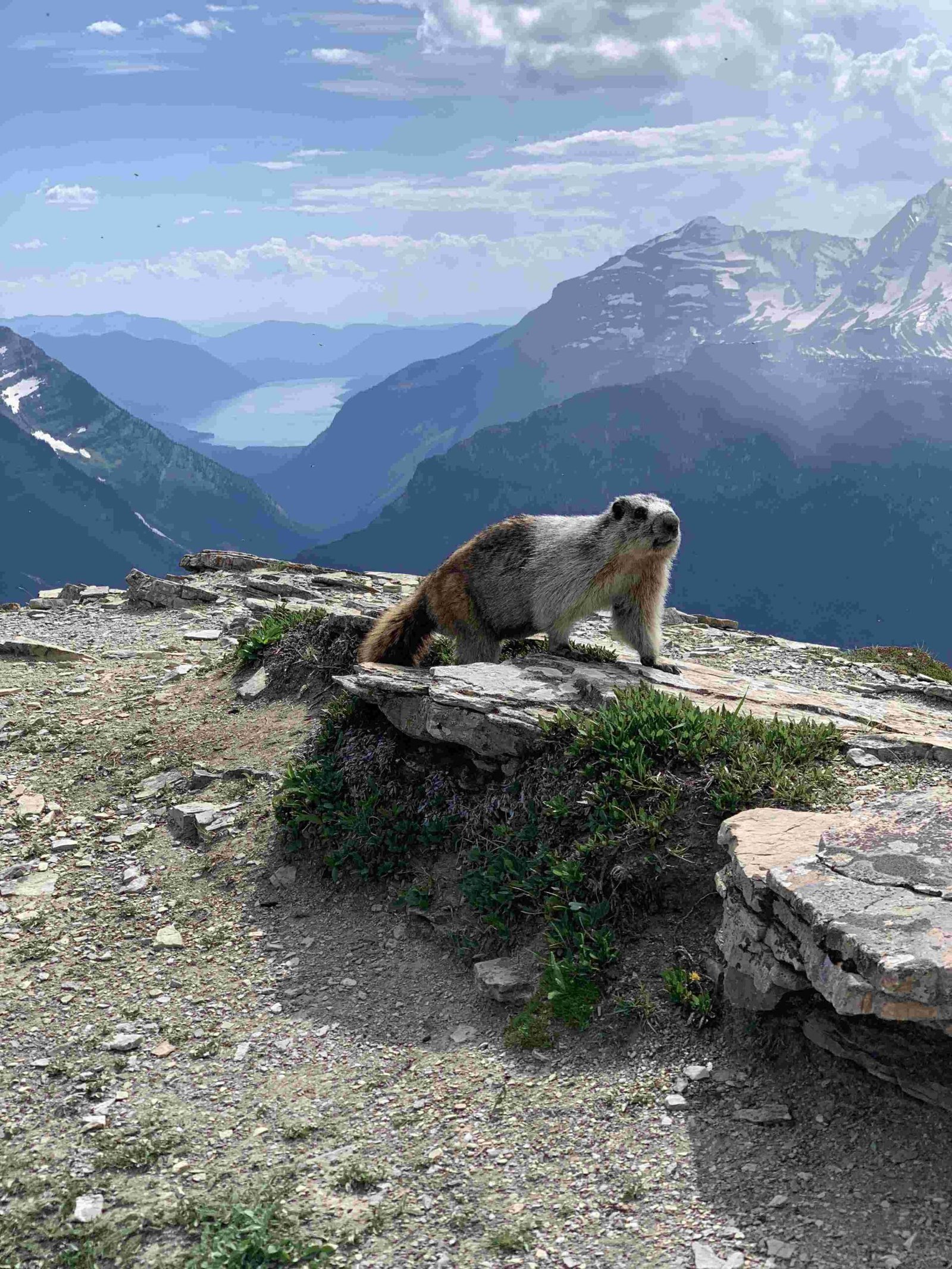Boy Lake in Glacier National Park is a lesser-known destination that offers a unique hiking experience. While not as popular as some of the park’s more famous trails, the Boy Lake hike provides adventurers with stunning alpine scenery, diverse wildlife encounters, and a chance to explore a quieter side of this magnificent wilderness. This article will guide you through the Boy Lake hike, offering insights on trail conditions, scenic viewpoints, and essential preparation tips for an unforgettable journey in Glacier National Park.
What is the Location of Boy Lake in Glacier National Park?

Boy Lake is situated in the northeastern section of Glacier National Park, nestled within the rugged terrain of the Lewis Range. The lake itself is a pristine alpine body of water, surrounded by towering peaks and lush forests. To reach the trailhead for the Boy Lake hike, visitors typically start from the Many Glacier area, known for its spectacular mountain vistas and abundant wildlife.
How Difficult is the Boy Lake Hike?

The Boy Lake trail is considered a moderate to strenuous hike, suitable for experienced hikers with good physical fitness. Here’s a breakdown of the trail’s key characteristics:
- Distance: Approximately 8 miles round trip
- Elevation Gain: Around 1,800 feet
- Duration: 5-7 hours, depending on pace and stops
- Terrain: Mixed, including forest paths, rocky sections, and some steep inclines
The trail’s difficulty stems from its length, elevation gain, and occasionally challenging terrain. Hikers should be prepared for a full day’s excursion and be comfortable with sustained uphill climbing.
What are the Best Times to Hike to Boy Lake?
The optimal hiking season for the Boy Lake trail typically runs from late June to early September. This window offers the most favorable conditions:
- Snow-free trails
- Milder temperatures
- Longer daylight hours
- Peak wildflower blooms (usually in July)
It’s crucial to check current trail conditions and weather forecasts before setting out, as mountain weather can be unpredictable. Early morning starts are recommended to avoid afternoon thunderstorms, which are common in the region during summer months.
What Wildlife Might You Encounter on the Boy Lake Trail?
Glacier National Park is renowned for its diverse wildlife, and the Boy Lake trail offers excellent opportunities for animal sightings. Hikers may encounter:
- Mountain goats
- Bighorn sheep
- Marmots
- Pikas
- Various bird species, including eagles and ptarmigans
Bear country awareness is essential, as both grizzly and black bears inhabit the area. Hikers should carry bear spray and know how to use it properly.
What are the Must-See Viewpoints Along the Boy Lake Trail?
The Boy Lake hike offers several breathtaking vistas and points of interest:
-
Alpine Meadows: About halfway up the trail, hikers will pass through stunning alpine meadows, often carpeted with wildflowers in mid-summer.
-
Panoramic Ridgeline: Near the final approach to Boy Lake, the trail crests a ridgeline offering panoramic views of the surrounding peaks and valleys.
-
Boy Lake Basin: The lake itself sits in a dramatic cirque, surrounded by steep cliffs and talus slopes.
-
Glacier Views: On clear days, distant glaciers can be seen clinging to the highest peaks in the area.
Each of these viewpoints provides unique photo opportunities and chances to appreciate the raw beauty of Glacier National Park.
How Should You Prepare for the Boy Lake Hike?
Proper preparation is key to a safe and enjoyable hike to Boy Lake. Here’s a checklist of essential items and considerations:
- Water: Carry at least 3 liters per person
- Food: Pack high-energy snacks and a lunch
- Clothing: Dress in layers, including a waterproof outer layer
- Footwear: Sturdy hiking boots with good ankle support
- Navigation: Bring a map and compass (and know how to use them)
- First Aid Kit: Include basic supplies and any personal medications
- Sun Protection: Sunscreen, hat, and sunglasses
- Bear Spray: Mandatory in bear country
- Emergency Shelter: A lightweight emergency blanket or bivy sack
Additionally, inform someone of your hiking plans and expected return time. Cell phone coverage is limited in the park, so don’t rely on it for communication or navigation.
What are the Leave No Trace Principles for the Boy Lake Trail?
Preserving the pristine nature of Boy Lake and its surrounding ecosystem is crucial. Hikers should adhere to Leave No Trace principles:
- Plan ahead and prepare
- Travel and camp on durable surfaces
- Dispose of waste properly
- Leave what you find
- Minimize campfire impacts
- Respect wildlife
- Be considerate of other visitors
By following these guidelines, we can ensure that Boy Lake remains a beautiful and unspoiled destination for future generations of hikers.
Are There Any Camping Options Near Boy Lake?
While there are no designated campsites at Boy Lake itself, backcountry camping is available in the vicinity with proper permits. Here are some key points about camping near Boy Lake:
- Permits: Required for all overnight stays in the backcountry
- Reservation System: Backcountry permits can be reserved in advance or obtained on a first-come, first-served basis
- Campsite Locations: The nearest designated backcountry campsites are typically located a few miles from Boy Lake
- Bear-Safe Food Storage: Mandatory use of bear-resistant food containers or proper food hanging techniques
Campers should be well-versed in wilderness camping techniques and bear safety protocols before embarking on an overnight trip in this area.
What are Some Alternative Hikes in the Boy Lake Area?
If the Boy Lake trail is too challenging or you’re looking for additional hiking options, consider these alternatives in the Many Glacier area:
| Trail Name | Distance (Round Trip) | Difficulty | Highlights |
|---|---|---|---|
| Iceberg Lake | 9.7 miles | Moderate | Turquoise lake, wildflowers |
| Grinnell Glacier | 10.6 miles | Strenuous | Glacier views, wildlife |
| Cracker Lake | 12.6 miles | Moderate | Vibrant blue lake, mining history |
| Ptarmigan Tunnel | 10.7 miles | Strenuous | Unique tunnel, panoramic views |
These trails offer a range of difficulties and scenic rewards, allowing hikers to choose an adventure that best suits their abilities and interests.
How Can You Contribute to Conservation Efforts in Glacier National Park?
Visitors to Boy Lake and Glacier National Park can play a vital role in conservation efforts:
- Volunteer: Participate in trail maintenance or wildlife monitoring programs
- Donate: Support the Glacier National Park Conservancy
- Educate: Share knowledge about park conservation with fellow hikers
- Report: Inform rangers of any trail damage or wildlife concerns
- Reduce Impact: Use shuttle services when available to minimize traffic congestion
By actively engaging in these efforts, hikers can help preserve the natural beauty and ecological integrity of Glacier National Park for future generations.
The Boy Lake Glacier National Park hike offers a challenging yet rewarding adventure for those seeking to explore the park’s less-traveled paths. With proper preparation, respect for the environment, and an appreciation for the area’s natural wonders, hikers can experience the raw beauty of this alpine paradise while contributing to its preservation. Whether you’re capturing stunning photographs, observing wildlife, or simply soaking in the tranquil atmosphere of Boy Lake, this hike promises memories that will last a lifetime.